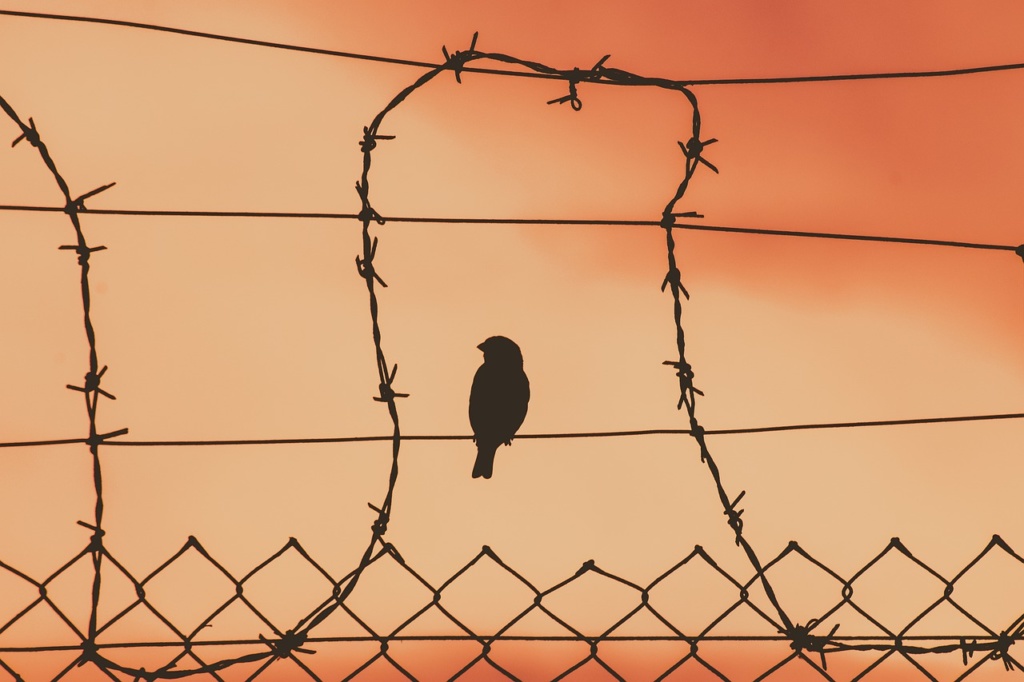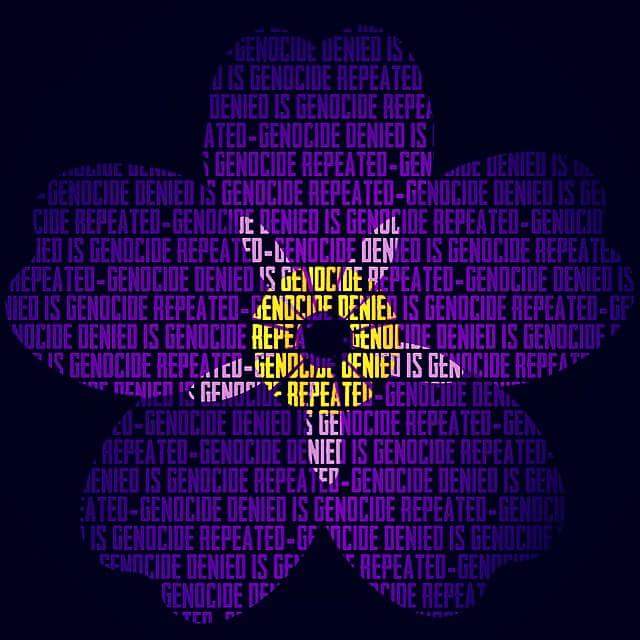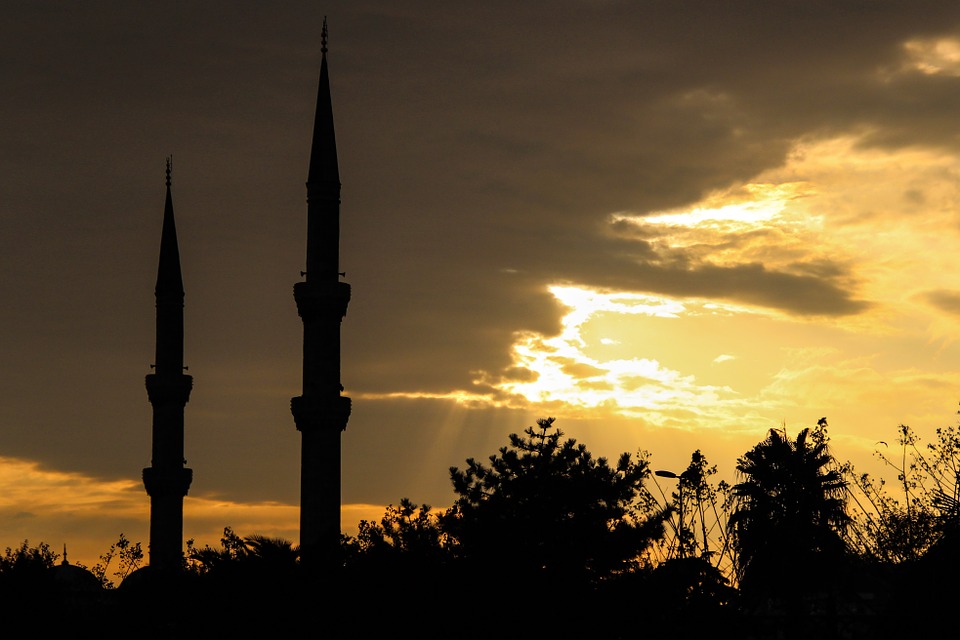A festival of colors to bring the world together

At the heart of the 22th edition of « Fête des Couleurs », Aigle, Switzerland
It still feels strange how after a relatively long time of global pandemic people have returned to their normal activities, gatherings and life as before 2019. No masks, no restrictions, no passes – meaning coming together to celebrate life, values, cultures and have fun. It was such la « Fête des Couleurs » that can be translated as « The Colours Festival » of Aigle, after two years of interruption due to Covid-19, taking up a more than 20 years long tradition.
July 1 and 2 was a real festival of colours, bringing together cultures of the world, music, culinary tradition and more. The 22nd edition of this festival was a huge organization, whose conception and arrangement had started far before. As a volunteer for this activity, I had the chance to have an insight of how it’s like to work in the background for this kind of events we usually participate in the front row or as spectators.
First days of in-site preparations
It’s a big day June 25. Three lorries loaded with the hugest tent I’ve seen so far: a dimension of 20 x 60m, it is supposed to nest all the stands of the associations participating in this event, the Espace Amis stand, the lovely 360° serving bar with dozens of tables ahead and, above all, the huge stage to be fixed the days to come. Everything is taken care of, now is just a matter of time and physical work. There is a nice spirit of communication between teams, where we get to know each-other by jokes, a helping hand and of course, directives of what to do and help with. By the end of the afternoon, all the vast park in front of La Planchette – the neighbour where the festival will be held – is now covered by this huge tent, giving already the idea of how huge the festival will be. The responsible team in charge of the infrastructure, supervised by Pascal Bontems and Jonathan Liaudat, has a helping hand by a lot of people, including me: having jokes meanwhile putting up the tents, Julien Suter, responsible of animations, Christian Ramel, responsible of the artists and the handful of volunteers had all the load on them for the days to come.
Finally, after 7 days of in-site work, everything seems to fall into place. Tomorrow is the big day, July first, the first day of the festival. The soundcheck is on its way and things look very musical so far. The stands are labelled and we can spot, not only by the nametags, but also by the colours, those of Colombia, Mexico, Mongolia, Bosnia, Syria… On the other side, the stand of Espace Amis, a real welcome of all the tastes of the world, from kebab to Biryani chicken, from crepes to grape leaves rolls and so on. It is just a matter of hours to get through all these inviting menus.
Thus, the last day of preparations came to an end and finally, I got to see the next day how people started coming one by one, in groups and families with their children, after the cortege of the schools of Aigle, with more than 300 school children and the city’s brass band.
What impresses me the most is that the name of the festival is truly and totally representing what I see in front of me: a true celebration of colours, people, cultures, backgrounds, coming together to celebrate. To celebrate their differences and uniqueness and at the same time, common and shared values beyond the borders of a state or the ordinary clichés. It takes a lot to overcome the differences, if not overcome, to use them as a shared value and not as a complex stopping you to find your own place in a country you have to consider from now on yours…
A party going on for more than 20 years
It was the year 2001 when la « Fête des Couleurs » took place for the first time, initiated by the Service Communautaire de la Planchette. This service of solidarity of the Evangelic Reformed Church of Canton Vaud works since autumn of 2000 in the neighbourhood of la Planchette in Aigle to develop its projects supporting the multi and intercultural exchange.
This is how French lessons, activities for children and families, dinners, parties, various administrative support and the association were born in 2005.
La « Fête des Couleurs », which has become a great festival over the years, is the cherry on the cake, the enhancement of a neighbourhood and people from all walks of life.
This world festival can exist thanks to the support of artists, the Commune of Aigle, many private sponsors, but also all the volunteers who are committed throughout the year and those who come to help during the festival.
The previous director, who has now retired, Mr. Serge Paccaud, comes every day and gives a helpful hand with ideas and the work going on. It’s natural to him and actually to all the people who work for the festival to see Mr. Paccaud give advices or helping to put up the scene, transporting tables or even putting the colourful tents together. I think, as far as I can see around, that he has left a good legacy and that everything is going on great: he is funny, respectful and full of ideas, often repeating half-seriously and half-joking: “It’s OK to let the young take the lead, but the old people shouldn’t be completely avoided or put apart”. Damn he’s right!
“The hugest festival we’ve had so far”
I managed to distract Pascal, who had put on immediately the apron of the kitchen chief and all the tasks and headaches coming with this charge, for a short interview. I love the way he jokes, with a very serious tone and I kind of find it difficult to guess whether he’s being serious or just teasing me. But I guess he was speaking for real when he told me that, compared to the previous editions of the Colours Festival, this was the hugest and biggest so far. In terms of attendance by people as well as organization. “We had an enormous amount of people the first day of the festival and we expect the same today”. Concerning the volunteers, he says that related to the previous editions, there are fewer this year. “We have a lot of people who come to have fun and take the best from this festival, but fewer to give a hand, so when we have not enough volunteers, things start to become a little bit complicated”. I’d like to know his point of view about the aim, the purpose of this festival. Mr. Bontems says that this is a lucrative activity. “We try to raise the finances for Espace Amis, the Space of Integration for the Foreigners, the French classes, so this festival is about them, all the money we have goes for Amis Association and is totally devoted to this”. And compared to the previous editions, he is happy to say that there has been a great participation of people.
Joëlle Saugy, a director unlike others
She’s young, joyful and has not the air of a bossy executive of the festival. One would think she’s too young and petite for such a heavy weight on her shoulders, but no. Her years at Espace Amis and as a coordinator of the festival for quite twelve years have made her the perfect person to be in charge. I could only catch her for a small talk only after the festival, obviously.
It was “a great premiere”, as she says with all the responsibilities she had this time, coordinating the technical, infrastructural and artistic parts of the program. “Considering the tasks, I do what I did for the previous editions, but this time the stress whether everything would go fine was immense. But when I see the result, is very gratifying, considering that we started to work since February and, having Covid-19 around, we didn’t know much ourselves what kind of organization we were going to follow: if it was going to be a small festival or not and then, suddenly, we sped up the rhythm. We thought that people were striving for a big festival, a big stage and thus, we developed the idea of the huge stage. It was a hard work, but when we see the result, the peoples’ smile, the volunteers helping us, it was worth it, it’s an experience motivating us to repeat it each year”.
I am curious to know how the idea of the festival has changed or developed during the years and Joëlle assures me that it has grown larger, concerning the participation of the stands, the shows and artists participating. What has not changed though, are the values and leitmotivs of the festival; the aim is to put in the spotlight the cultural diversity of La Planchette, but also of the region, by the means of the shows, cuisine traditions, in favour of discoveries and encounters between people”.
Corners of the world in one happy place
I was amazed by the countries and traditions being represented at this festival. Mongolia, Syria, Lebanon, Bosnia, Colombia, Mexico, Ethiopia, Sri Lanka, and many more – all of these around one happy place: the great tent of the festival.
I had the pleasure to venture a little bit among the stands and have a talk with some of the participants. Tere Naecher is the representative of the Association of Mexicans and Friends of Mexico in Canton of Vaud and Neuchâtel. She says it’s a honour for them as association to participate in this festival, for some years now, because they feel welcomed in a multicultural environment. “We love being here and having the opportunity to introduce the Mexican culture, its cuisine and traditions”. I had the pleasure to visit their stand for artisanal products – rich in colours and almost all handmade.
Semir Muratovic represents the stand of Bosnia at la « Fête des Couleurs ». Their collaboration with the festival goes on for a long time, in technical support, but also in terms of showcasing at a stand, to show the people the culture, traditions and cuisine of Bosnia and to interact with them. His team has served as a right hand in terms of infrastructure and during the days of this festival, they loved to show and offer people their specialties, like the roasted lamb broach or the burek.
I could say the same with the artists invited this year: from West Africa, Cape Verde; Eritrea. There were also included different world cultures, represented by artists living in Switzerland, such as the show of the Mongolian Association of Suisse Romande, the flamenco show of Made 4 you School of Sion, Ilirët, an Albanian folk group and also modern and contemporary music of hip-hop, breakdance, etc.
Diversity of cultures, but also of ages
In a nice corner we find the AJAMIS stand, dedicated to the youth of the region.
The AJAMIS space is the Aja, Association for the Youth of Aigle, and AMIS, Association multi and intercultural of La Planchette, who have combined their strengths and skills to provide a space dedicated to young people at “ Fête des couleurs ”. Giant baby-foot, non-alcoholic cocktail bar (run by the Youth Parishioners of Chablais), DJ workshop, deckchairs and good atmosphere. The tent was full all weekend! On the Saturday evening of July 2, they inaugurated the peer prevention project « On en Parle? (Shall we talk?) with two young people trained in primary prevention to meet other young people and talk about topics, such as sexuality and alcohol consumption. This first « AJAMIS » experience shows that together people are stronger and that young people enjoy coming to the Festival of Colours and appreciate being welcomed by their favourite animators.
Two days and evenings full of shows, visits and exhibitions of cultures, many days and months of preparation, two days of intense dismantling, many people visiting. It was overwhelming, there was also quite some physical exhaustion, but! I can surely say that I would love to return to this festival next year, be it as a spectator, as a volunteer or maybe more than this.
Elvana Tufa
Membre de la rédaction vaudoise de Voix d’Exils
La version française de cet article a été publiée sur Voix d’Exils le 20.07.2022 et est accessible ici




